7 Best Rear Delt Fly Alternatives (with Pictures!)
The posterior deltoid head plays a wide range of functions in human movement, be it rotating the arm or maintaining proper posture. No physique is truly well-developed without also including the rear deltoids.
One method lifters use to strengthen this vital muscle is performing cable rear delt flys - a highly effective exercise that, while highly accessible, does indeed come with its own set of drawbacks.
Fortunately, if the cable rear delt fly’s cons outweigh its pros, there are other alternative exercises to turn to.
In this article, we will discuss the benefits and details of the 7 most effective substitutes to the cable rear delt fly. Each has been selected with differing types of equipment in mind, so that at least one is available to you.
What is the Cable Rear Delt Fly - And Why Substitute It?
The cable rear delt fly is an isolation exercise meant to target the posterior deltoid head with machine-based resistance. Generally, it takes the role of an accessory exercise, and is most frequently performed by individuals seeking greater muscle mass in their upper posterior muscles.
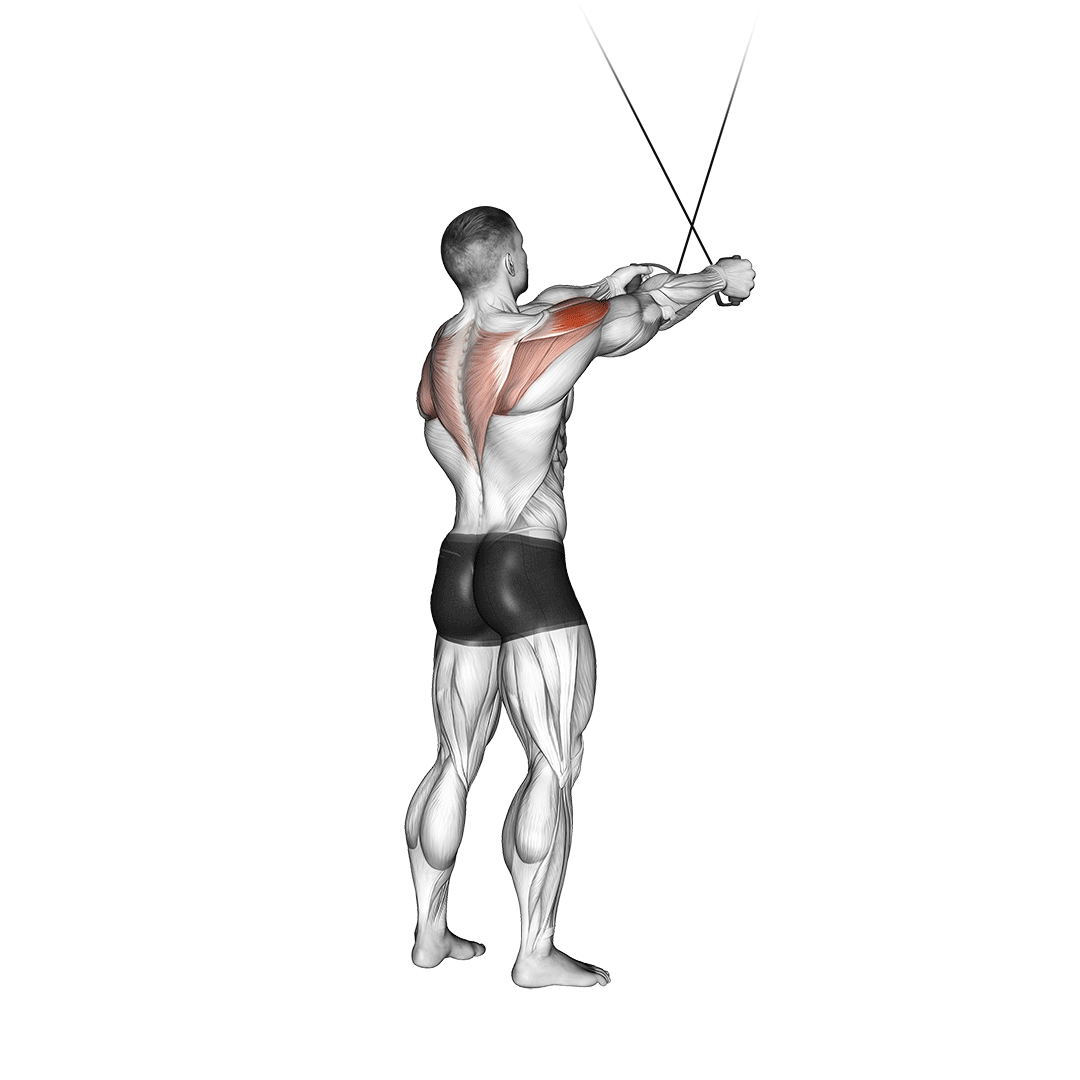
Despite its simplicity, safety and high capacity for training volume, the cable rear delt fly is occasionally substituted out for exercises of a similar function.
This substitution is most often done due to a lack of access to a suitable cable machine - although more intrinsic factors like greater isometric contraction or greater loading are also suitable reasons.
What to Look for in a Cable Rear Delt Fly Alternative
Not just any exercise will serve as a potential substitute to the cable rear delt fly.
Ideally, any potential alternative (even those not in this article) will feature a similar isolation of the posterior deltoid head, as well as a similar capacity for high training volume.
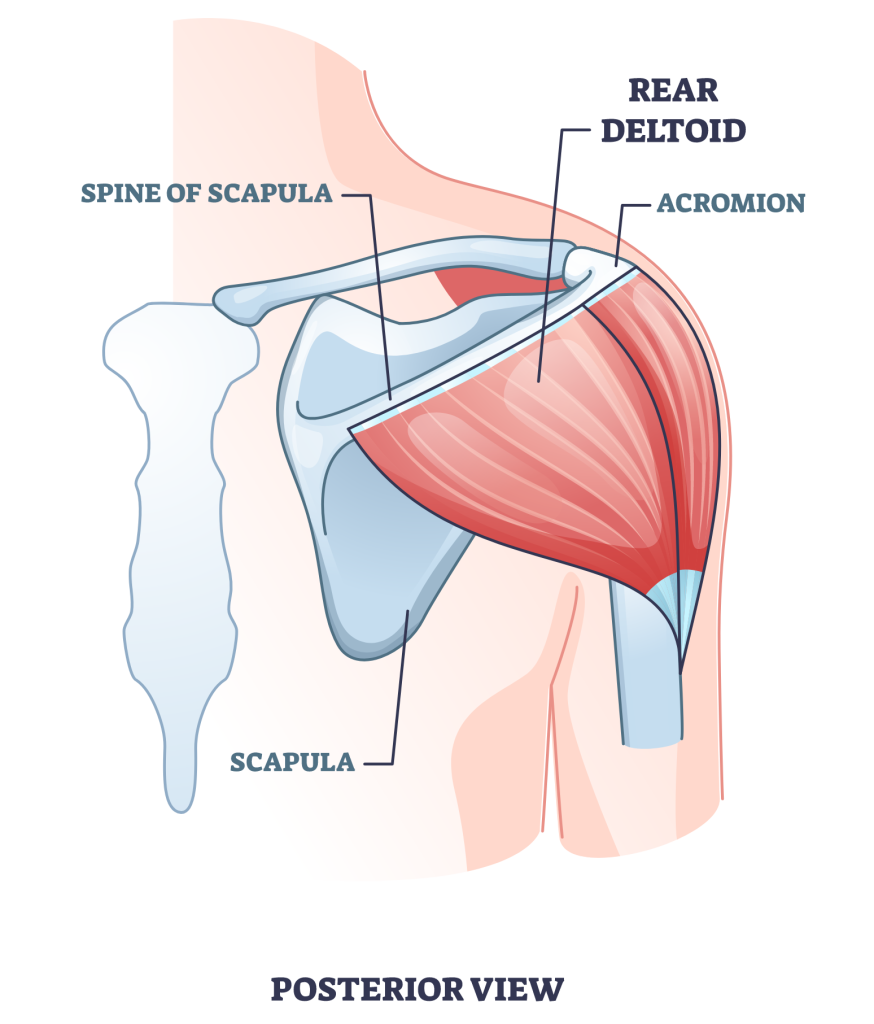
While the alternative exercise need not be a machine-based one, it is preferable as doing so will retain many of the advantages associated with the cable rear delt fly as well.
Rear Delt Fly Alternatives
1. Dumbbell Rear Delt Flys
The first exercise to consider when substituting out the cable rear delt fly is its dumbbell counterpart.
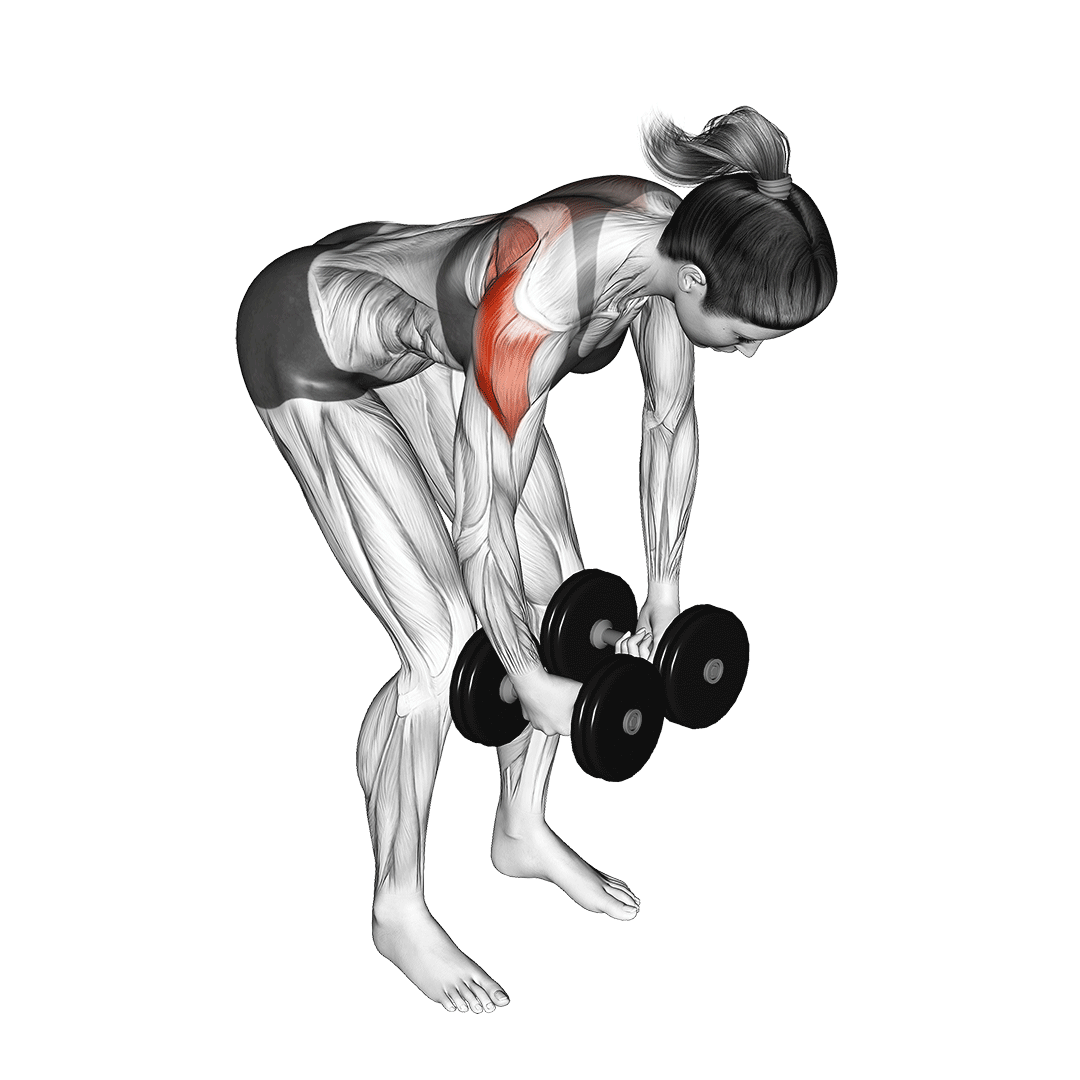
In terms of movement pattern and muscular recruitment, the dumbbell rear delt fly is nearly identical to the exercise it is meant to replace.
This means that the dumbbell and cable rear delt fly are similar in most other aspects - both being closed chain isolation exercises performed for high volume sets.
However, the angle of resistance is considerably different, and as such may require the lifter to bend at the hips so as to elicit greater recruitment of the posterior deltoid head.
Benefits as a Rear Delt Fly Alternative
The dumbbell rear delt fly is particularly effective for increasing the intensity of each repetition, and ensuring greater isometric contraction takes place. This makes it more “functional” - so to speak - than its cable machine counterpart.
In addition, because it is a free weight exercise, dumbbell rear delt flys require less weight be used and will produce greater carryover to other free weight exercises.
Muscles Worked
The dumbbell rear delt fly mainly works the posterior deltoid head.
How-to:
This exercise may be performed standing or seated. So long as the torso is angled horizontally, it is much the same.
Bending at the hips and contracting the core so as to ensure the lower back is in a neutral position, the lifter will hold a pair of dumbbells beneath their torso in a neutral grip.

From this stance, the lifter will then contract the muscles of their posterior deltoids and raise the dumbbells out to the sides, keeping their elbows straight as they do so.
Once the arms are parallel with the shoulders, the lifter will squeeze their deltoids before slowly returning the dumbbells back beneath their torso - thereby completing the repetition.
2. Pec Deck Rear Delt Flys
For a similarly machine-based alternative to the cable rear delt fly, it is entirely possible to recreate the exercise using a pec deck instead.
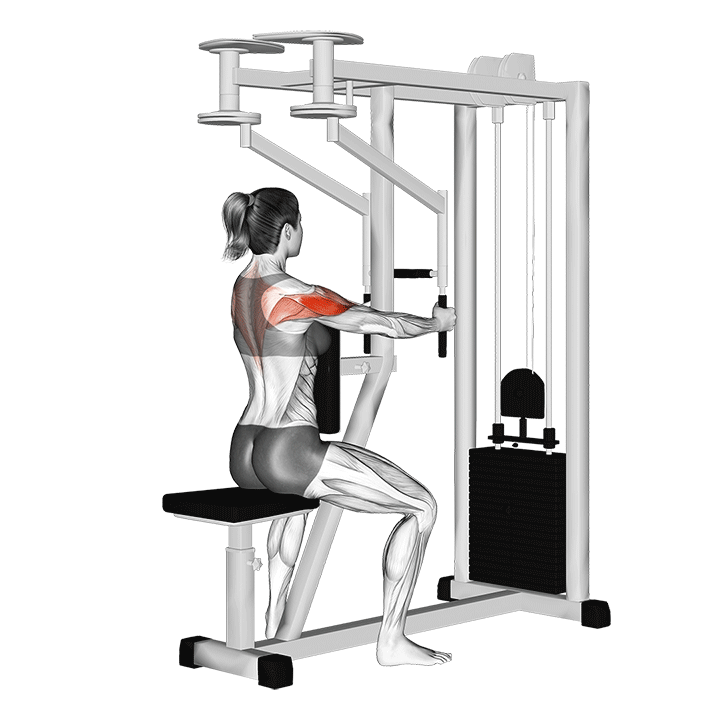
Unlike the cable rear delt fly, the pec deck rear delt fly is performed seated and in a far more upright position. However, in aspects such as safety, intensity and mechanics, the two are otherwise identical.
Substituting the cable rear delt fly for the pec deck variation is best done when further recruitment of other back muscles is needed - or if no cable machine is available.
Benefits as a Rear Delt Fly Alternative
The pec deck rear delt fly is particularly useful for acting as an upper posterior chain accessory exercise - even more so than the cable rear delt fly.
In addition, the more upright position and stricter range of motion allows the pec deck variation to be quite useful for increasing resistance while maintaining much the same repetition volume.
Muscles Worked
While the pec deck rear delt fly is primarily a posterior deltoid head exercise, muscles like the trapezius, infraspinatus and teres also play a role.
How-to:
Seating backwards (i.e. facing the back of the seat) in the pec deck machine, the lifter will grip both handles at their front in a neutral grip.
Now positioned correctly, the lifter will contract the deltoids and retract their scapula. As they do so, the lifter will draw the handles backwards in a radial motion, stopping once their arms are parallel to the sides of their torso.
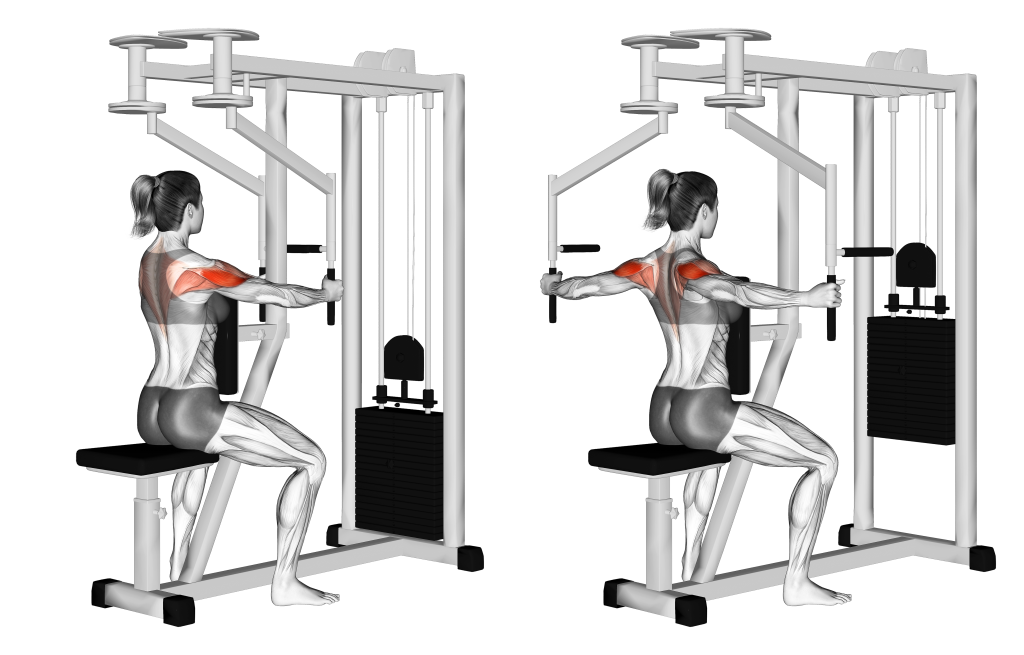
From this point, the lifter squeezes their deltoids before slowly returning the handles back to their original position.
Remember that much of the contraction should be felt at the back of the shoulders, with little to no engagement of the lats or triceps.
Adjustment of the machine may be needed if the wrong muscles are being recruited.
3. Cable Machine Face Pulls
Also a cable machine exercise - the face pull is often programmed in a similar role to the rear delt fly, although with the inclusion of a few more muscle groups.
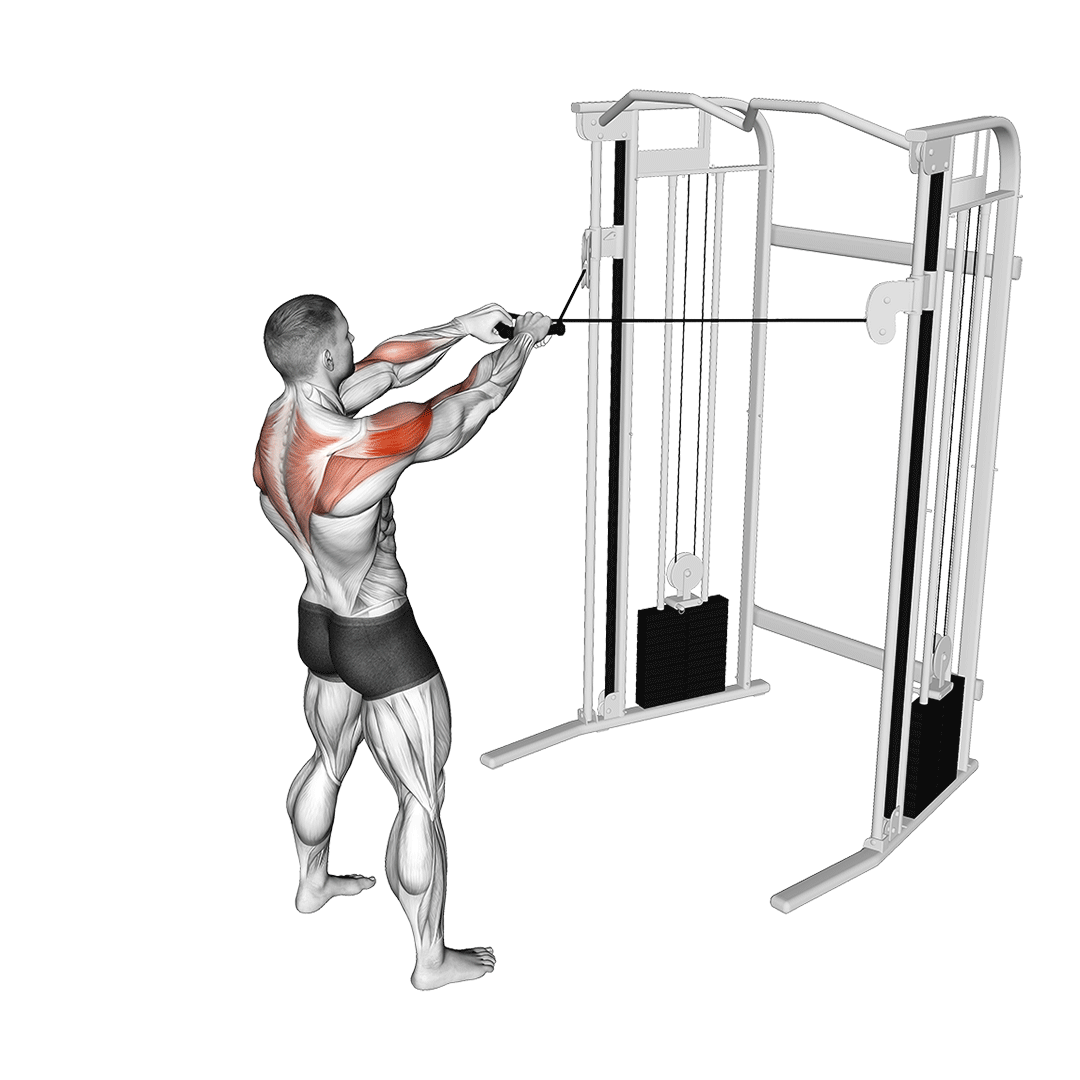
The face pull is a closed chain compound movement that requires the cable pulley be set at face-height, as well as a double-ended rope attachment be used.
Benefits as a Rear Delt Fly Alternative
The face pull surpasses the rear delt fly in terms of functionality and its capacity to act as a reinforcement of the scapula.
Furthermore, face pulls allow for greater loading to be performed - as well as more muscle groups of the upper back to be targeted. This saves the lifter time and reinforces the entire shoulder blade structure as a whole.
Muscles Worked
Face pulls work the muscles of the rotator cuff, the posterior deltoid head, and the trapezius.
How-to:
Standing at arm's length from the cable pulley with both ends of the rope held in their hands, the lifter will ensure their torso is upright and their neck aligned correctly before beginning the repetition.
Once appropriately positioned, the lifter will draw their elbows out to their sides as they pull the handles towards their face.

When their arms are parallel to the sides of the torso and the shoulder blades have been fully retracted, the lifter will simply reverse the motion in a slow and controlled manner so as to complete the repetition.
4. Resistance Band Pull Aparts
A classic rear deltoid exercise known for its convenience; the band pull apart uses no more than a single resistance band to work the back of the shoulders with constant tension.
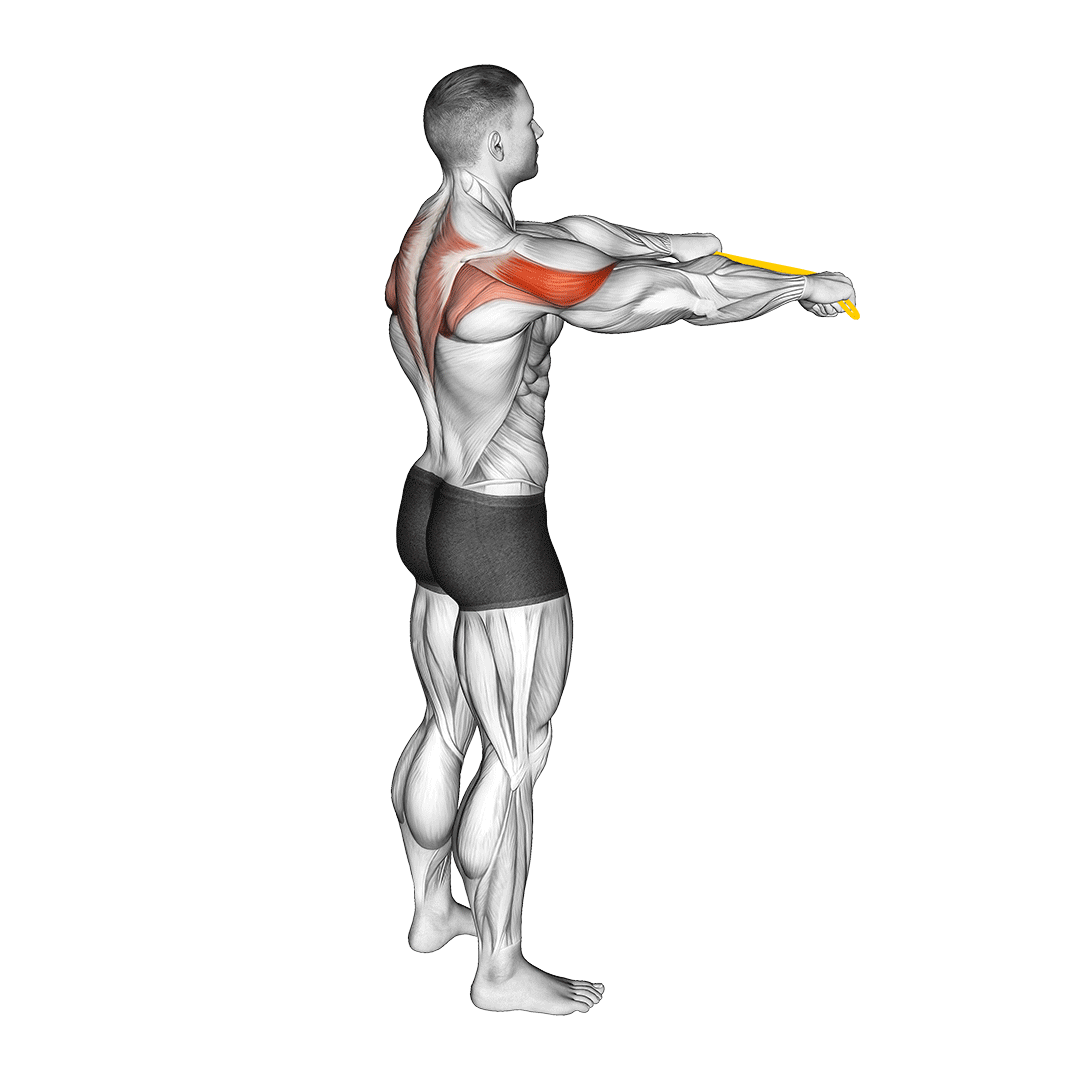
Benefits as a Rear Delt Fly Alternative
As an alternative to the cable rear delt fly, the band pull apart allows for a similar range of motion to take place while the torso is otherwise upright. This change in stance, in combination with the pull apart’s low barrier of entry, make it one of the most convenient substitute exercises available.
In addition, the exercise features a lengthy time under tension, much like that of cable machine exercises, allowing it to be used in a rehabilitative or warm-up capacity as well.
Muscles Worked
Band pull-aparts work the posterior deltoid head, the muscles of the rotator cuff, and those of the upper back - excluding the latissimus dorsi.
How-to:
Standing upright with a resistance band held in both hands at approximately chin-level, the lifter will ensure their core is braced and neck properly aligned as they prepare to perform the band pull apart.
To do so, the lifter will keep their arms straight as they slowly rotate them out to the sides, retracting the scapula as they do so.
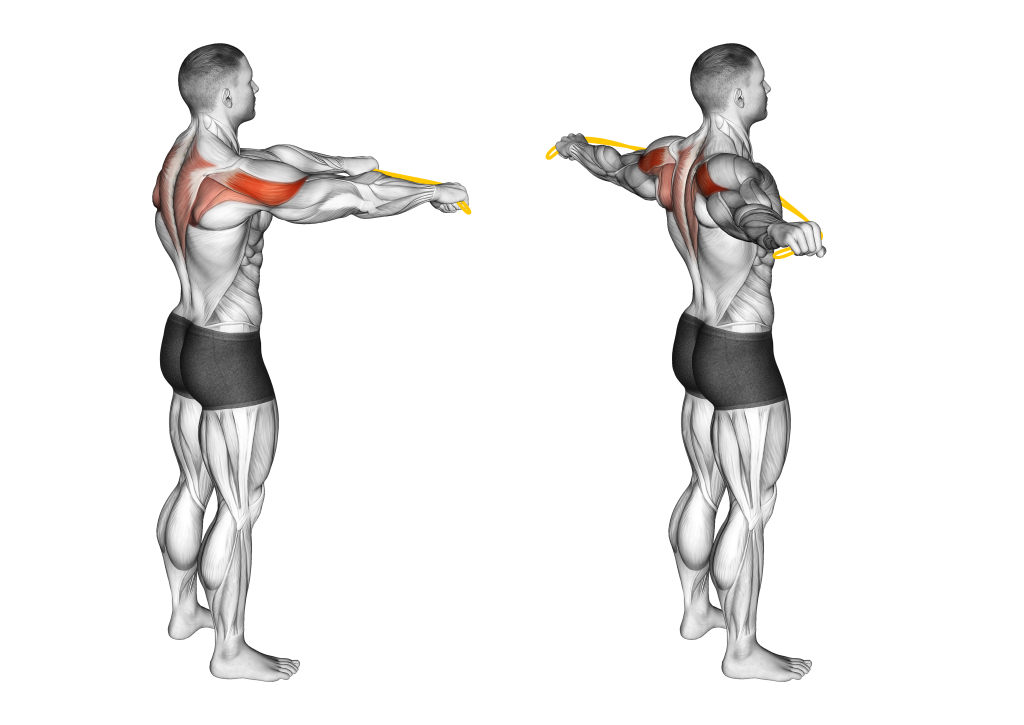
Once the upper arms are parallel to the sides of the torso, the lifter will squeeze their deltoids before allowing the resistance to slowly pull their arms back together - thereby completing the repetition.
5. Dumbbell Face Pulls
For a variation of the face pull without the need for a cable machine, performing the exercise with dumbbells will suffice.

Like cable face pulls or rear delt flys, the dumbbell face pull is a closed chain compound movement performed to strengthen the posterior deltoids and other nearby muscles.
Unlike its machine-based counterpart, dumbbell face pulls are performed in a bent-over position and require free weights, making them somewhat less accessible and less suitable for rehabilitation.
Benefits as a Rear Delt Fly Alternative
Dumbbell face pulls offer a greater intensity of recruitment than rear delt flys, and summarily will also target more than a single muscle group in the upper back. This compounds with the greater amount of weight that is used, allowing for a more intensity-focused exercise, rather than a volume-focused one.
In addition, the dumbbell face pull is considerably more convenient in terms of equipment requirements, and can be performed with even a single dumbbell if needed.
Muscles Worked
Dumbbell face pulls work the posterior section of the deltoids, the trapezius and the rotator cuff musculature (teres, infraspinatus, etc.).
How-to:
Bending at the hips and contracting the core so as to protect the lower back, the lifter will grip a pair of low-weight dumbbells in their hands. The exercise begins with the arms extended beneath the torso.
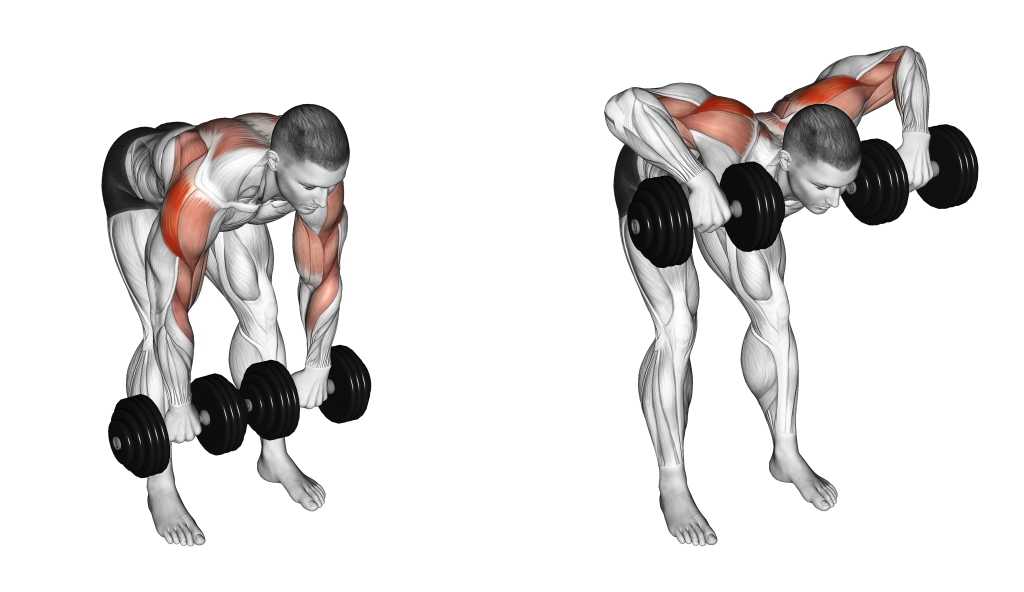
With the appropriate stance achieved, the lifter will draw their elbows backwards, bending the arms as they do so.
Once the upper arms are parallel to the sides of the torso, the lifter will rotate the arms until the dumbbells are also parallel with the sides of the head - thereby completing the repetition.
6. Kettlebell Lateral Raises
The kettlebell lateral raise is a form of lateral raises that features an overhand grip for greater posterior and lateral deltoid contraction.
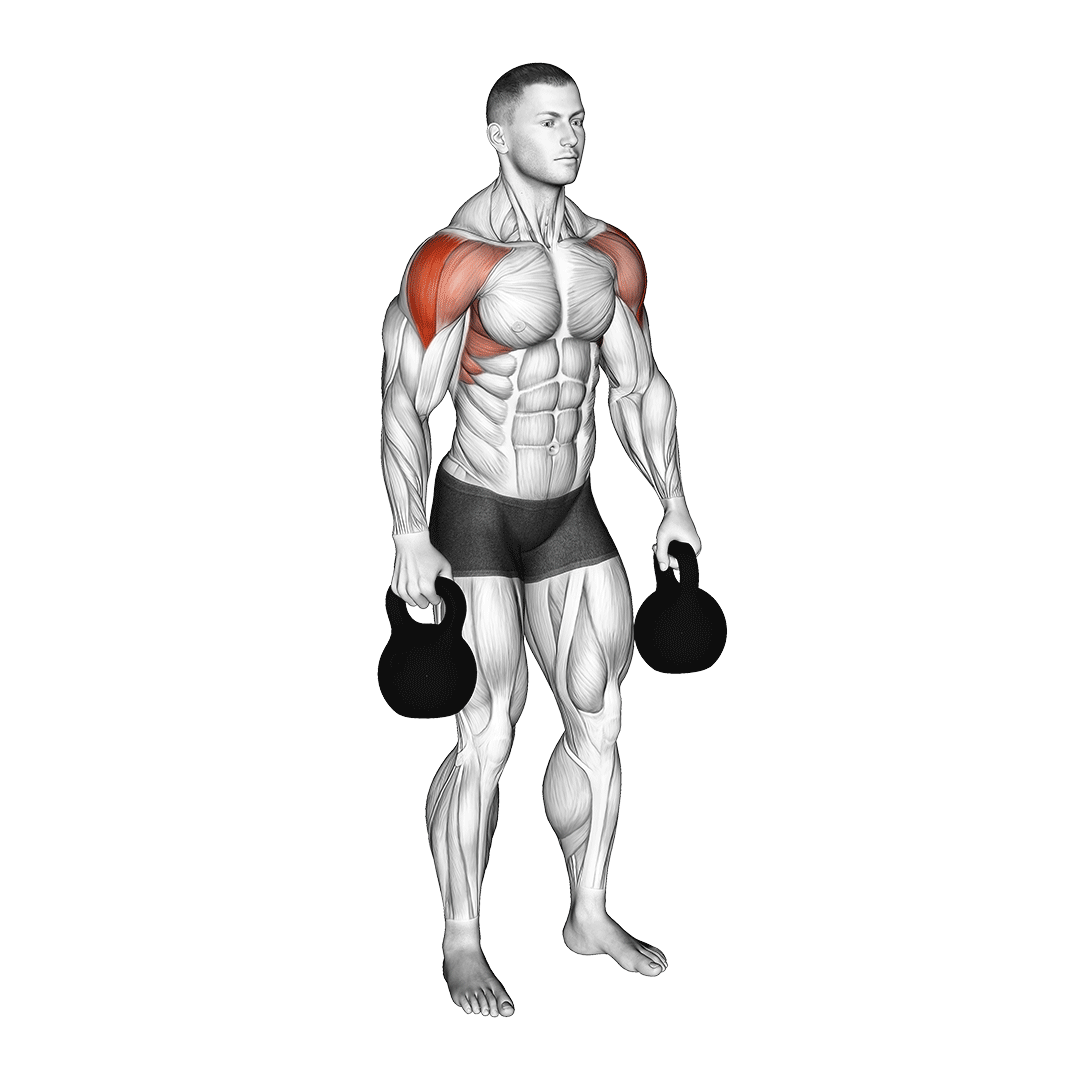
In technical examination, it can be determined that the kettlebell lateral raise is a closed chain isolation exercise performed for similar reasons to the cable rear delt fly.
While not necessarily an isolation exercise of the posterior deltoids, the kettlebell lateral raise features enough recruitment therein to function as a more generalist alternative to the rear delt fly.
Benefits as a Rear Delt Fly Alternative
Kettlebell lateral raises share a similar capacity for volume and loading to the rear delt fly, but with greater focus on the entirety of the deltoids.
In addition, kettlebells allow for greater isometric contraction and an altered angle of resistance. This is particularly useful for individuals who wish to build endurance in their deltoids, or otherwise try a more functional exercise out.
Muscles Worked
In terms of muscles worked, kettlebell lateral raises target all three heads of the deltoids.
How-to:
Standing upright with a pair of kettlebells held at their sides, the lifter will ensure that the shoulders are in a neutral rotation before raising their arms out to the sides. The arms should be kept straight as they do so.
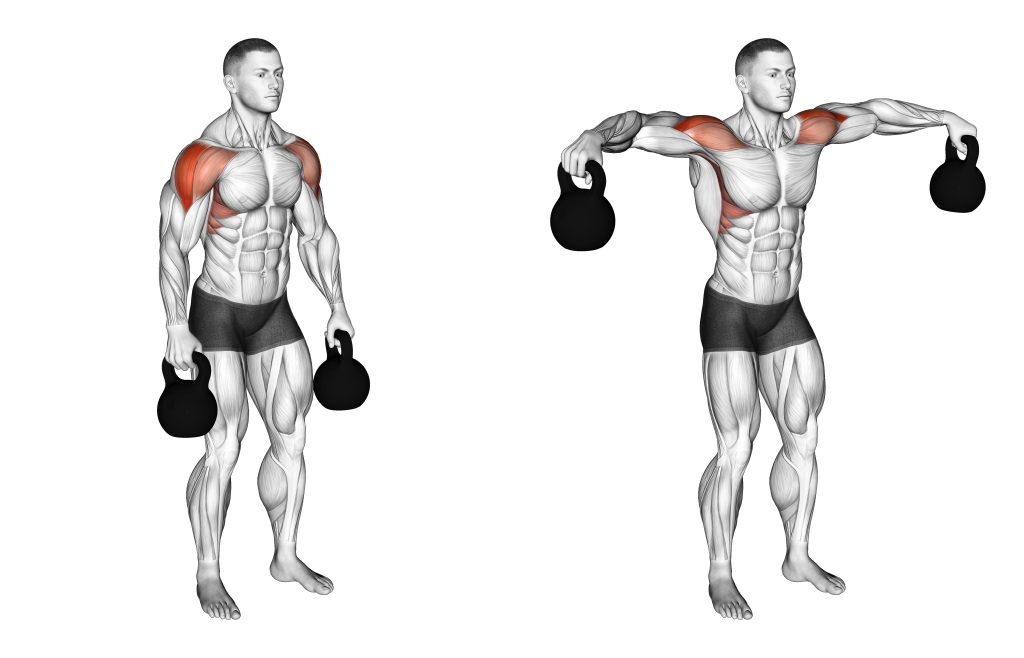
Once the upper arms are just shy of being parallel with the shoulders, the lifter will squeeze their deltoids and arrest the movement.
To complete the repetition, they will slowly return their arms back to their original position.
7. Rear Barbell Shrugs
A heavy compound movement seen as the more intensive counterpart to regular barbell shrugs - rear barbell shrugs involve holding a loaded barbell behind the body and shrugging the shoulders. This targets much of the upper back, rear deltoid heads included.
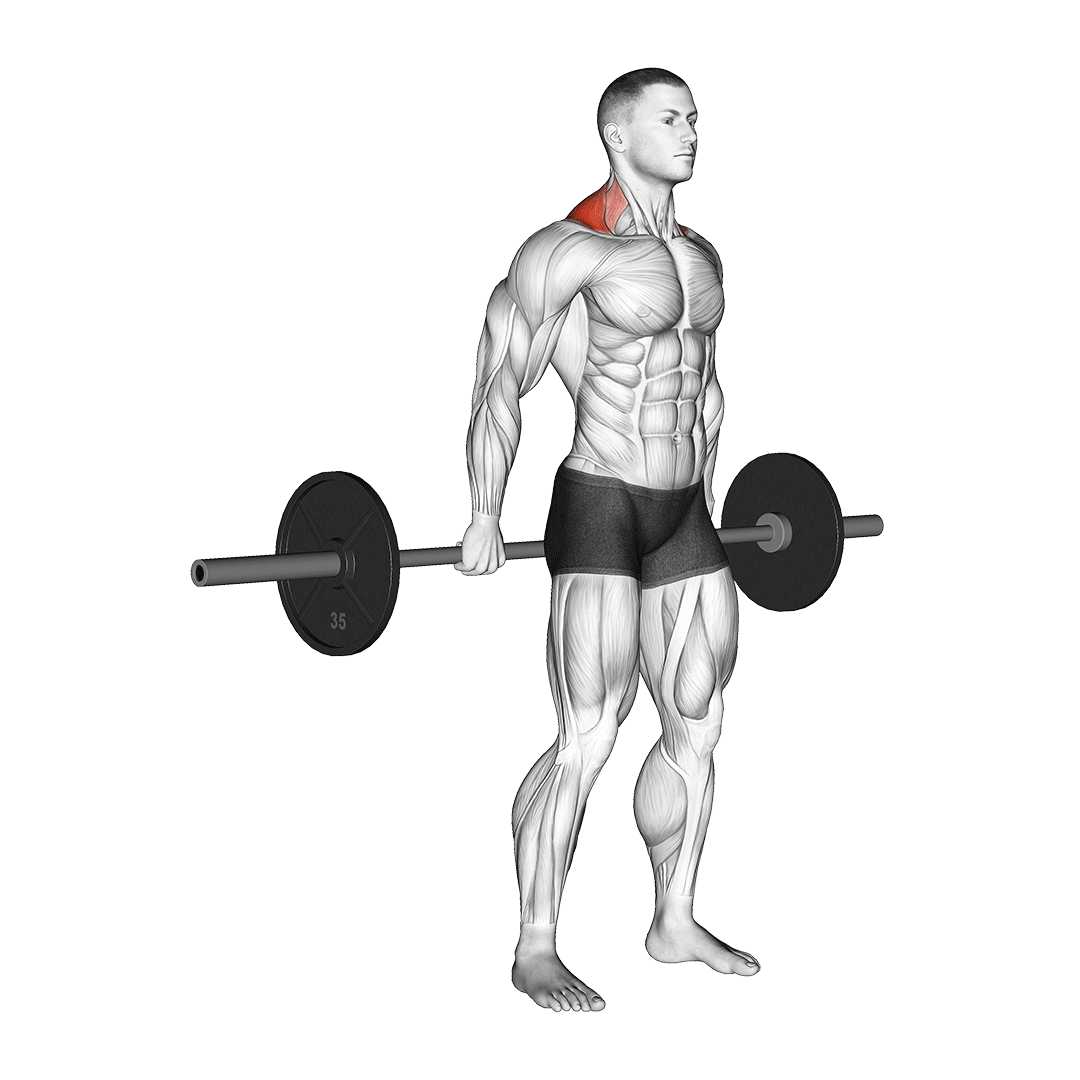
As one can guess, rear barbell shrugs are the most divorced alternative to the rear delt fly in this article. However, this doesn’t mean that they are not a viable substitute, as rear shrugs are excellent for building up posterior deltoid head strength and mass.
Rear barbell shrugs are a closed chain compound movement of moderate volume and often moderate or high resistance. Despite this, they are also used as an accessory exercise as well.
Benefits as a Rear Delt Fly Alternative
Rear barbell shrugs are the ideal alternative to the rear delt fly for building greater upper back strength and mass. This is achieved through both sheer intensity of contraction and an angle of resistance that better targets the trapezius and other nearby muscles.
In addition, rear barbell shrugs are more effective at training for exercises like the deadlift or barbell row, as they are more similar in certain regards.
Muscles Worked
Rear barbell shrugs work the trapezius and the posterior deltoids.
How-to:
To perform a rear barbell shrug, the lifter must stand upright with a loaded barbell held behind their body. The arms should remain fully straight throughout the exercise, with much of the contraction being derived from the shoulders and upper back.

Now appropriately positioned, the lifter will squeeze their trapezius and pull their shoulders “towards their ears”, so to speak.
Once the limit of the trapezius’ range of motion has been achieved, the lifter will slowly lower their shoulders back down - thereby completing the repetition.
Note that some friction between the barbell and the buttocks or lower legs will be felt, and it is advisable to wear clothes that reduce this effect.
Frequently Asked Questions (FAQ)
What is the Difference Between Lateral Raises and Rear Delt Flys?
Lateral raises place more emphasis on the lateral and anterior deltoid heads, whereas the rear delt fly targets the posterior head to a greater degree. This changes which section of the deltoids responds most to the training stimulus.
What is the Difference Between Rear Delt Flys and Back Flys?
Rear delt flys primarily target the posterior head of the deltoids muscle group, whereas back flys are meant to work muscles found throughout the back - including the latissimus dorsi and rhomboids.
Are Rear Delt Flys Necessary?
Not at all.
While rear delt flys are an indeed effective exercise, they feature several disadvantages that can be addressed with a substitute exercise.
In Conclusion
Although we’ve listed the most effective rear delt fly alternatives in this article, keep in mind that they are not the only alternative exercises available. If none meet your needs, we advise you to continue searching.
Remember not to overdo the intensity of any substitute exercise you pick.
The rear delt fly (and its alternatives) are meant to be performed as accessory movements, and as such should not prematurely fatigue the deltoids prior to heavy exercises like the bench press or military press.
References
1. Campos YAC, Vianna JM, Guimarães MP, Oliveira JLD, Hernández-Mosqueira C, da Silva SF, Marchetti PH. Different Shoulder Exercises Affect the Activation of Deltoid Portions in Resistance-Trained Individuals. J Hum Kinet. 2020 Oct 31;75:5-14. doi: 10.2478/hukin-2020-0033. PMID: 33312291; PMCID: PMC7706677.
2. Stoppani, Jim. Jim Stoppani's Encyclopedia of Muscle & Strength. United Kingdom: Human Kinetics, 2023. ISBN 9781718214491, 1718214499
